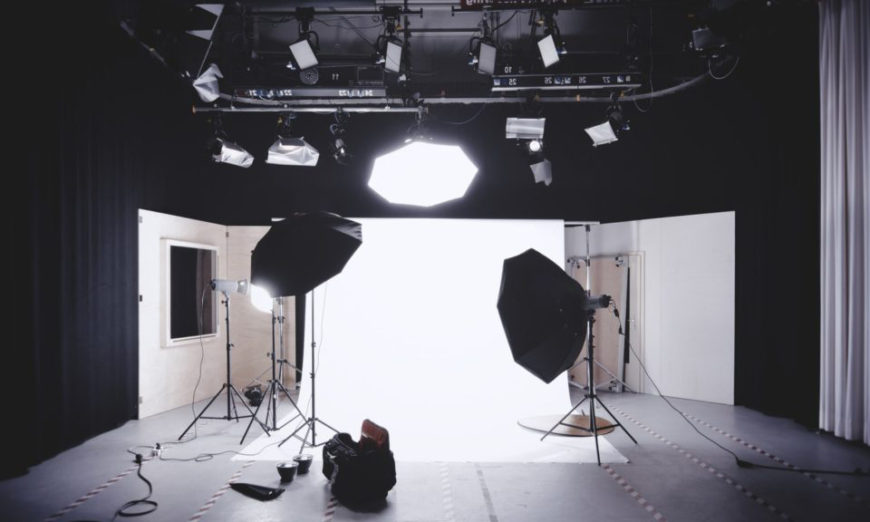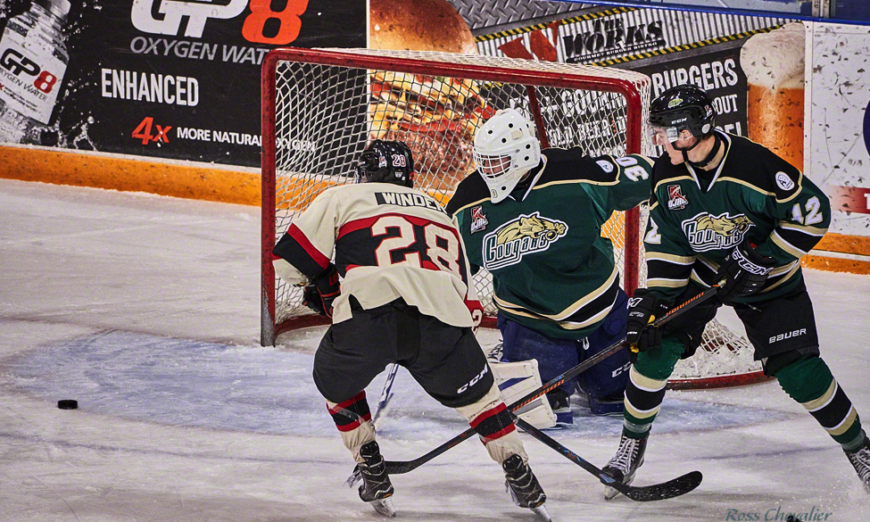Building a studio is a lot more than good intentions, and a camera and lens. A properly planned studio makes your life easier and your workflow more efficient. Building your studio does not mean that you need all the pieces on day one.

Now's a good time to revisit the Exposure Triangle as the season has changed into Autumnal equinox, which also means a change in outdoor lighting and sceneries that will entice a l... Read More...

In Setting Up Your First Photo Studio: Part 1, we looked at the ... Read More...
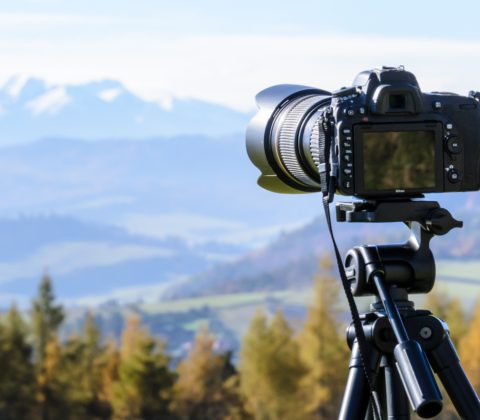
Originally tripods came with a single head. They usually had two arms, one for panning movements, and one for tilt movements, and the mounting plate would also flip to vertical. We... Read More...
Making Memories on Family Day
BY Ross Chevalier February 14, 2019 Articles
You’ve Got Activities Planned, Don’t Forget Your Camera! With Family Day rapidly approaching, folks are planning their special time together. No matter what you and your family are doing, this is a great day to ensure that you are keeping your photo albums current and making images to share with family and friends who may be some distance away. Indoor Activities We know that many times it’s tough to get everyone together to head out somewhere, and from time to time, the younger folks want to spend the day off […]
How To Shoot A Hockey Game
BY Ross Chevalier February 14, 2019 Quick Tips, Sports
At most pro sporting events, what type of camera you’re allowed to bring in is strictly controlled. Even though “real” cameras – DSLRs, for the most part – are not allowed, smartphones and point and shoots appear to be usable at will. We can argue these policies at another time. Many of us, though, have family members who enjoy amateur sports in the winter. Whether this is watching the game, placing bets using one of the top 10 sportsbooks, or even playing. Capturing a picture of a friend while they […]
A fresh blanket of snow covering trees, fences, fields, hills, and buildings presents a beautiful array of Currier and Ives style image opportunities and invites the photographer to capture its beauty while the snow is fresh and clean. Winter sports are another favorite theme of winter photography. Securing the proper exposure that will preserve the beautiful and varied tones of the snow’s strong reflections and extreme contrasts is a challenge in both the serene winter scene and the exciting snowmobile race. What can you do to capture an image with your camera that is as beautiful as the one captured in your eye?
Winter brings a multitude of opportunities to shoot amazingly beautiful images. Snow, ice, frost, and crystals give the landscape a magical appearance. Challenges are presented when you try to capture all the white and sparkle of snow, and too often the outcome is disappointment. The following tips will help you hone your winter skills whether you are a beginner or an experienced photographer.
Winter Photo Tips
BY Michelle Tree January 20, 2019 Learning, Quick Tips
Winter can be a beautiful time of the year, and despite the colder temperatures, many photographers find inspiration in their surroundings to get out and take some amazing pictures.
You Got A New Camera – Part Two
BY Ross Chevalier January 10, 2019 Articles, Learning
Well done! You’re now aware of the capabilities of your new camera and know where to find what you don’t know or cannot remember in the manual. That’s awesome and you’re ready to move on to next steps.
Instagram is a phenomenon that has already surpassed Twitter in users. In addition to being a photo-sharing app for smartphone users, it has become a vibrant social network. While some users have smartphones with advanced camera capabilities that produce quality images, most do not.
With the holiday season behind us and everything returning to normal, now is a great time to take a look at your holiday videos and consolidate them into a presentable form that you can share easily, and enjoy for years to come.
You Got a New Camera!
BY Ross Chevalier December 30, 2018 Gear
A new camera is a wonderful thing. It doesn’t have to be brand new, it could be gently used, it could be handed to you from a family member, wherever it came from, you have it now. It could be a DSLR, it could even be a home security camera for apartment! So the next question is what do you do?
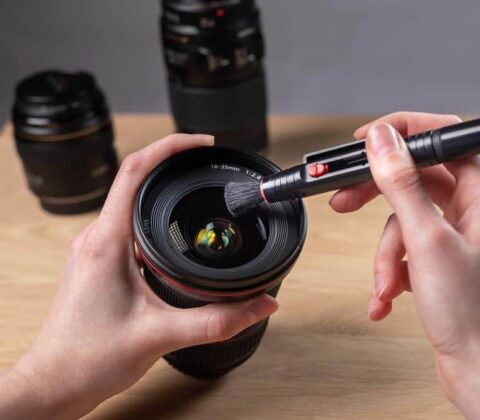
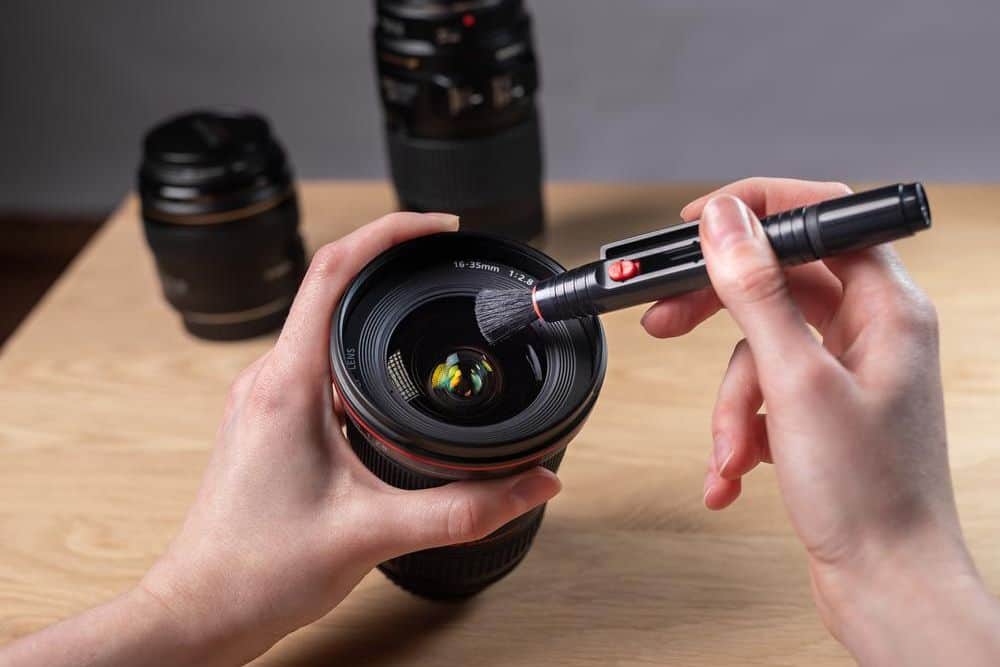 Read More...
Read More...
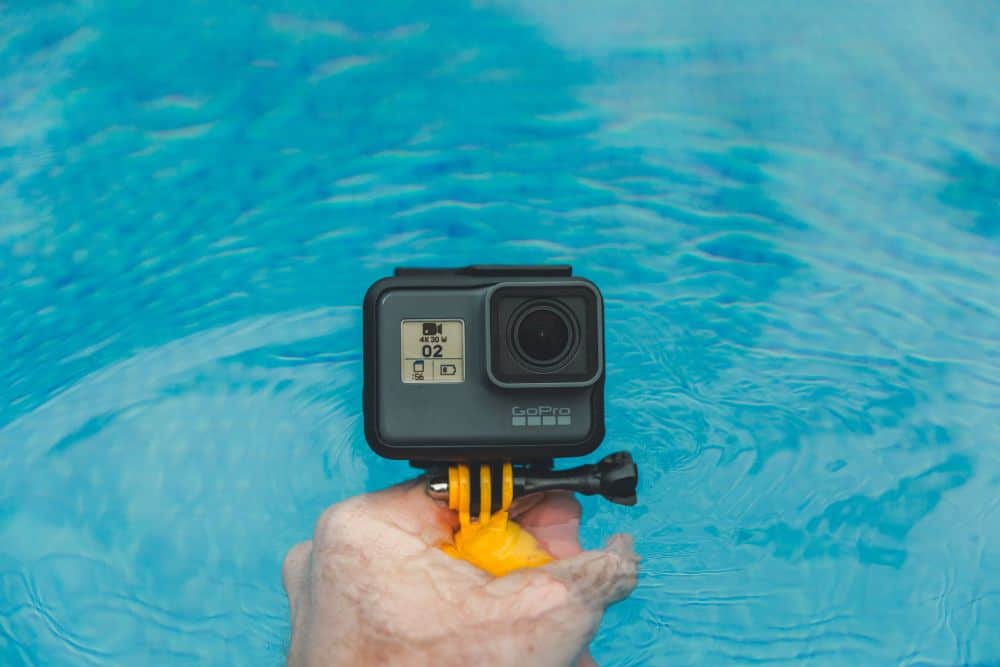

 Read More...
Read More...


 Read More...
Read More...
 Read More...
Read More...
